The principal book of accounting is “Ledger”. It records all types of transactions relating to a real, personal or nominal account. It records transactions relating to an income, expense, asset or a liability. A ledger classifies a transaction which is recorded in journal to their respective accountRead more
The principal book of accounting is “Ledger”. It records all types of transactions relating to a real, personal or nominal account. It records transactions relating to an income, expense, asset or a liability.
A ledger classifies a transaction which is recorded in journal to their respective accounts, and in the end calculates a closing balance for the same account. The closing balance is further transferred to the financial statements, and hence ledger is called the books of final entry as it gives true and fair picture of an account.
Template of Ledger:
For example, ABC Ltd purchased machinery for cash amounting to Rs 1,00,000 on 1st January. This transaction will include a machinery account and a cash account. The amount will be recorded in the respective accounts for that period.
The reason being ledger is called a principal book of accounting is, it helps a business in preparation of trial balance and financial statements.
See less

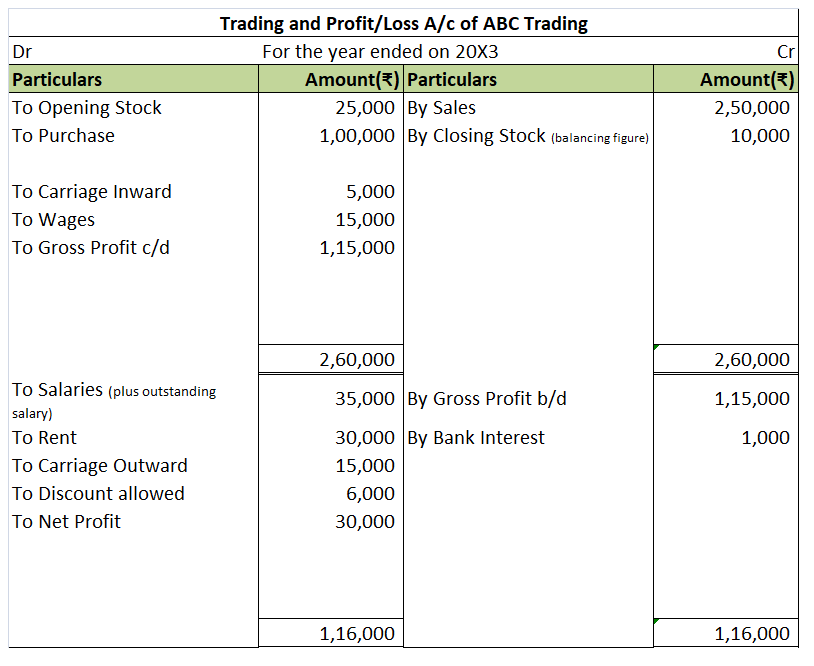
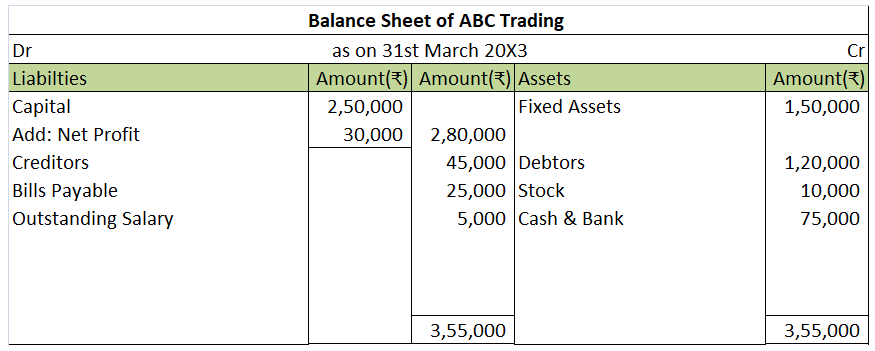
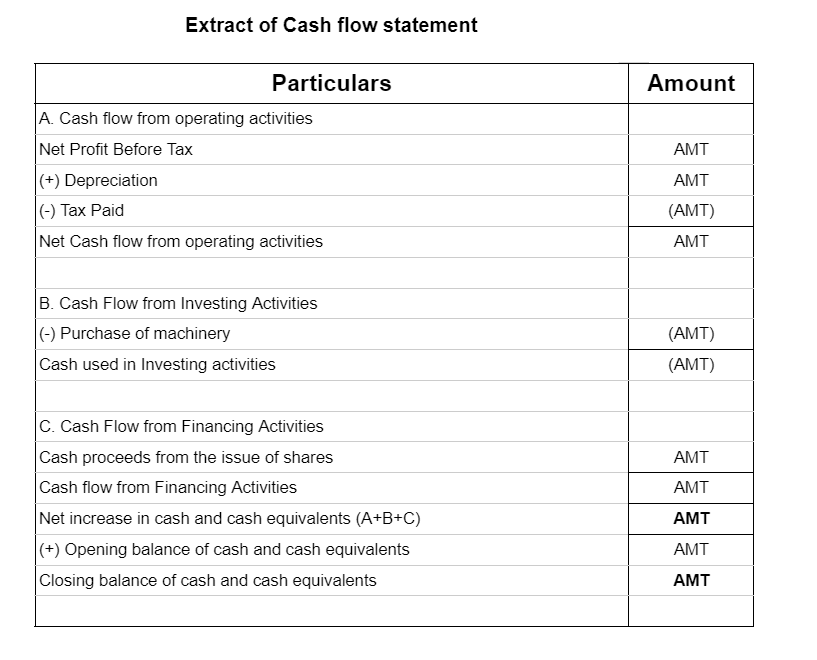
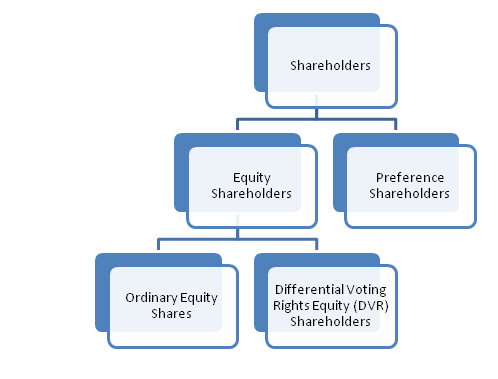
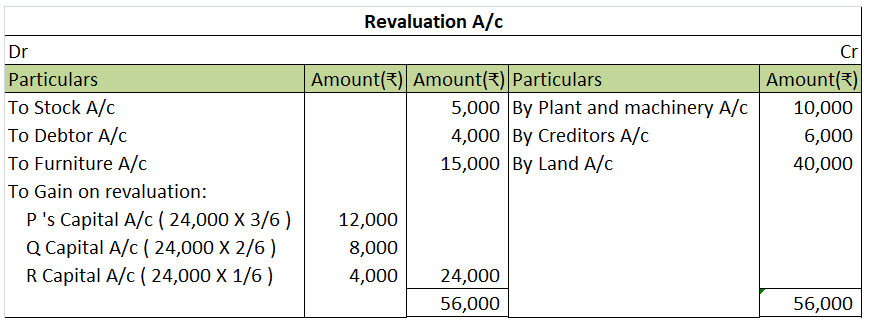
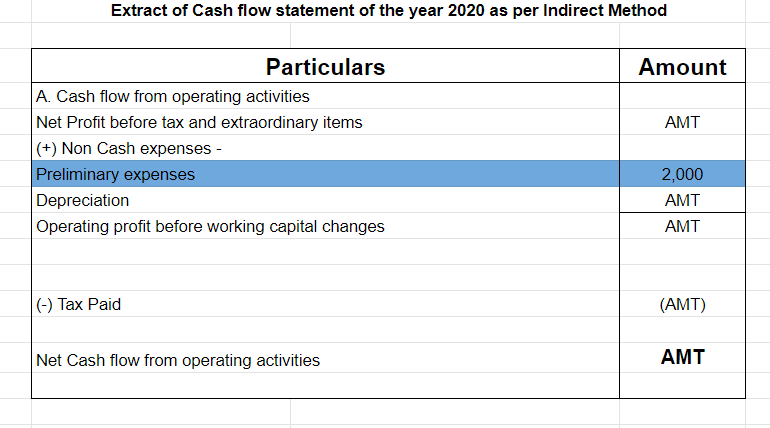
When a loan is taken from a person by a business, there is an asset and liability being created. Cash is being brought into the business which increases the asset whereas the financial obligation of the company rises when a loan is taken and hence a liability increases. For example, Mark Ltd. has taRead more
When a loan is taken from a person by a business, there is an asset and liability being created. Cash is being brought into the business which increases the asset whereas the financial obligation of the company rises when a loan is taken and hence a liability increases.
For example, Mark Ltd. has taken a loan from John for $5,000. Therefore the journal entry can be shown as:
According to the modern rules of accounting, increase in assets is Debit and increase in liability is credit. The company may have taken the loan to finance its business or for some emergency. When it is time for the business to pay off the loan, they can either pay it off completely or in instalments. They must pay off the principal amount along with interest.
Now for our above example, if Mark Ltd paid off the entire loan after one year at 10% interest, then the journal entry would be:
Here, the interest on loan account is debited since an increase in expense is debited. Loan account will be debited because the obligation is now reduced and hence liability decreases. Finally, we credit cash since cash is leaving the business which implies a decrease in assets.
If the entire loan is not paid off in that year, then the balance of the loan amount will be shown in the balance sheet under the head liabilities.
See less